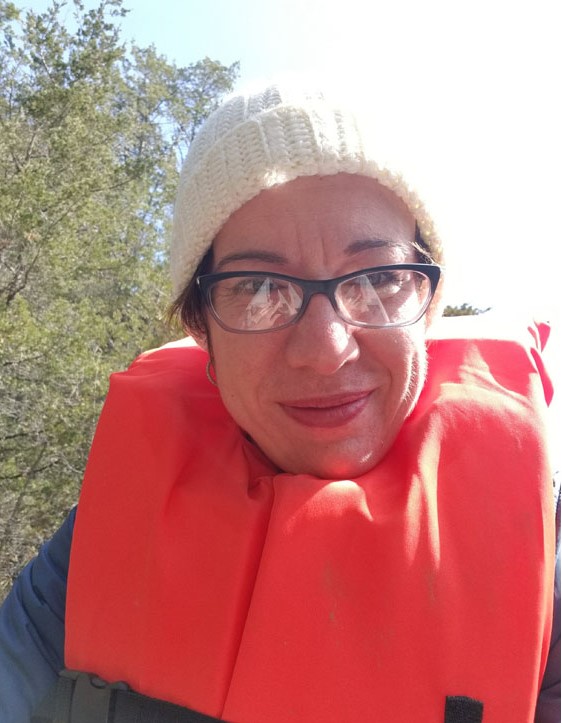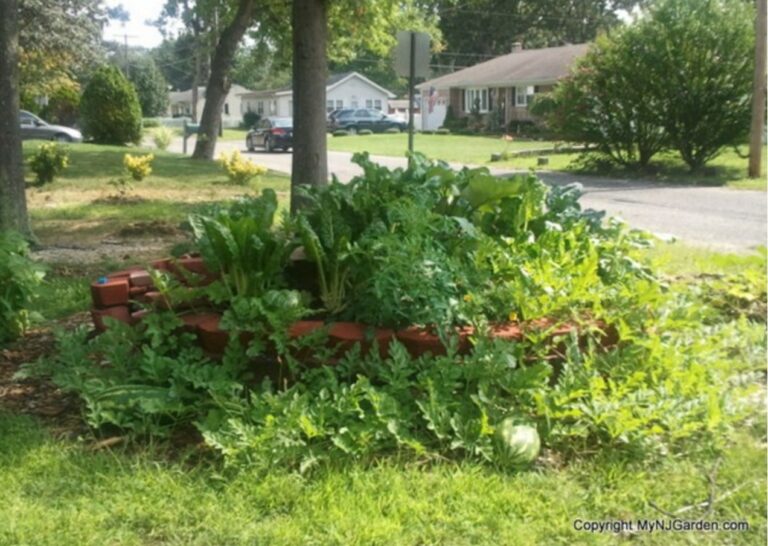
Saturday, April 21st was our trip, and my first time, to visit Wells Mills County Park. It’s the site of an old saw mill on Oyster Creek. They dammed it up to create a source of power for the mill and created a lake. Did you know that south Jersey has no natural lakes? They are all man made.



The property has changed hands a number of times before it became a county park and the last owners maintain rights to live in the cabin on-site.
The naturalist students got a lesson on how to paddle as well as how to board and disembark a canoe safely.
I’d been in a canoe often as a kid when we would visit Babci’s house in the Poconos in Dingman’s Ferry, PA. We would visit in the summer for a couple of weeks and run around in the woods “exploring”. There was a lake nearby with a little boathouse and a dock.
My sister, my cousins and I would grab some fishing poles, a couple of nets and scraps of food to use as bait and walk the mile or so from the house to the lake. We caught sunnies and cat fish. We paddled around the lake in the canoe and the row boats. (what life jackets?) We saw snakes in the water and trapped frogs and tadpoles and newts to examine them and set them free again. Those hot, buggy summers were great times that helped shape who I am today… times I took for granted and would love to revisit.
This trip felt like… part class, part adventure and part a joyful and comforting familiarity of being a kid on the lake.
We partnered up. Becky Laboy, the course instructor, was my canoe partner.


Once the group practiced a bit and got the hang of paddling together as a team, we made our way across the lake to our glide up and rest against a small hummock – a little island on the lake. We made some observations about the biotic and abiotic features in the landscape. Biotic factors are things that are or were alive that affect the ecosystem including plants and animals. Abiotic factors are non-living features like the geography of the land, the wind and the water. The hummock was small, but a few plants survived on the tiny patch of earth.
Leatherleaf is a small native shrub with lots of tiny white droplet shaped flowers. They reminded me of blueberry flowers. The oval shaped, evergreen leaves pointed straight up.
Becky recommended the book Wildflowers of the Pine Barrens of New Jersey by Howard P. Boyd. I bought the book on Amazon and look forward to getting it. She had the book with her and it was helpful because it’s organized by blooming season and has colored photographs of the flowers to aid identification.

There was a blooming maple tree on the hummock as well as a small Atlantic white cedar that just seemed to be existing, but not really thriving, on the soggy little isle.
The maple had lichen on it, which brought to Becky’s mind the adage “Freddy Fungus and Alice Algae took a Lichen to each other.” They have a symbiotic relationship and do not harm the tree.
On our way around the lake, we observed a few painted turtles swimming around and Becky showed us a couple of turtle shells she brought with her in her bag. A box turtle, which is terrestrial and spends it’s life on land. The other was from a painted turtle which is aquatic.
After we paddled back to the dock and put the canoes and gear away, we walked through the trails of the Atlantic Cedar swamp. We observed that the bark of the Atlantic white cedars is relatively thin compared to the pitch pines and it feels soft when you touch it.
Mountain laurel and wintergreen grew along the trail and we were surrounded by the songs of yellow rumped and black and white warblers. Bird migrations are happening now and they coincide with the emergence of insects which were humming around our faces as we picked our way through the trail.



Becky explained the natural process of “resource partitioning” – how different types of birds prefer to find food in different locations. This reduces competition as some birds will feed on insects along tree trunks, some down on the ground and some nab them as they are flying through the air.
The trail rose higher out of the lowland swamp area and we began to see more pitch pines and oaks. The call of a blue grey gnatcatcher could be heard among the trees. The birds migrate here because they know there is about to be an abundance of food that is perfect to feed their babies. A short walk brought us to the vernal pool, a shallow body of water that dries up completely in the heat of summer but provides essential habitat for plants and developing amphibians now, in spring.
As the students gently prodded the water’s edge in search of life, Becky used a small net she’d been carrying to scoop a tadpole into a small plastic container. We all fawned over our new friend as we discussed the complex life cycle and metamorphic process he would undergo to become an adult frog. Amphibians require water to lay eggs, emerge and develop into adults.

Here are more of the pictures I took at Wells Mills County Park.










